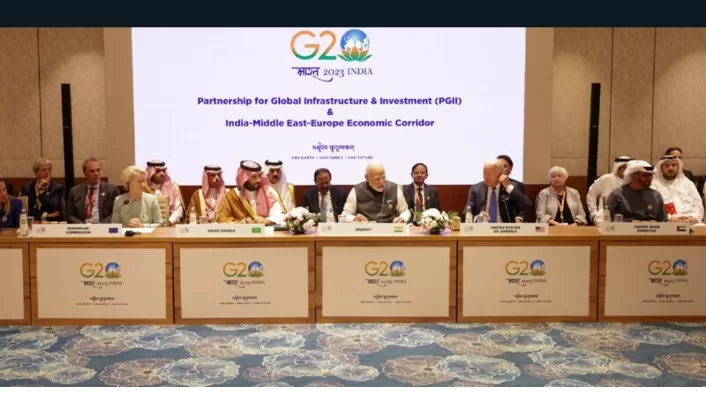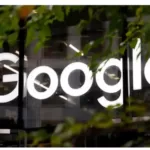In a strategic move that has captured international attention, India has forged a formidable alliance with G20 partners to introduce the India-Middle East-Europe Economic Corridor (IMEC). This visionary project, unveiled on the sidelines of the G20 Summit in New Delhi, is widely seen as a response to China’s expansive Belt and Road Initiative (BRI) launched in 2013.
Prime Minister Narendra Modi, in a significant diplomatic feat, secured the participation of the United States, the United Arab Emirates, Saudi Arabia, the European Union (EU), Italy, France, and Germany in the economic corridor agreement. The primary objective of IMEC is to enhance connectivity and stimulate economic integration across the regions of South Asia, the Arabian Gulf, and Europe.
Railway Minister Ashwini Vaishnaw emphasized that IMEC will fundamentally differ from the BRI. Vaishnaw articulated, “In stark contrast to the Chinese project, which has ensnared some of its host nations in a precarious debt situation, the G20-endorsed IMEC is poised to generate substantial revenue and enjoy robust bankability. Prime Minister Modi’s vision of inclusive development is a cornerstone of this transformative corridor.”
Funding of IMEC
The Belt and Road Initiative has recently grappled with mounting concerns regarding its debt sustainability and China’s economic deceleration. With declining growth rates and escalating debt levels, doubts have arisen regarding the BRI’s long-term viability. Reports have even emerged suggesting Italy’s intent to withdraw from the project.
Ashwini Vaishnaw underscored the remarkable bankability of the “India-Middle East-Europe Economic Corridor” project, asserting, “Multiple multilateral institutions have expressed readiness to provide funding. The revenue generated through transportation will be substantial, rendering it self-sustainable without entangling host countries in a debt quagmire.”
Divergent Corridor Designs
The Belt and Road Initiative encompasses six corridors: China-Mongolia-Russia, China–Central Asia–West Asia, China–Indochina Peninsula, China-Pakistan, Bangladesh-China-India-Myanmar, and the new Eurasian land bridge connecting Lianyungang in Jiangsu province with Rotterdam. It was initiated to create new avenues for shared growth through policy coordination, seamless connectivity, unhindered trade, financial integration, and people-to-people bonds.
IMEC, in contrast, comprises two distinct corridors: the eastern corridor linking India to the Arabian Gulf and the northern corridor linking the Arabian Gulf to Europe. This comprehensive plan includes a railway network aimed at providing cost-effective cross-border ship-to-rail transportation. IMEC’s core objectives encompass enhancing economic efficiency, reducing costs, and fostering economic cohesion among participating nations, all while aligning with sustainable development goals.
Strong Backing from the United States and the European Union
While China has declared 21 Latin American countries as participants in the BRI, it has encountered strong criticism from the United States, with President Joe Biden referring to it as the “debt and noose” project, citing concerns about lending practices.
In stark contrast, the India-Middle East-Europe Economic Corridor enjoys unwavering support from both the United States and the European Union. President Biden lauded the corridor, envisioning “endless opportunities” for the involved nations, facilitating easier trade, clean energy exports, and the establishment of crucial communication networks. European Commission President Ursula von der Leyen hailed the project as “historic,” highlighting its role as a green and digital bridge that accelerates trade between India and Europe by a remarkable 40 percent.







